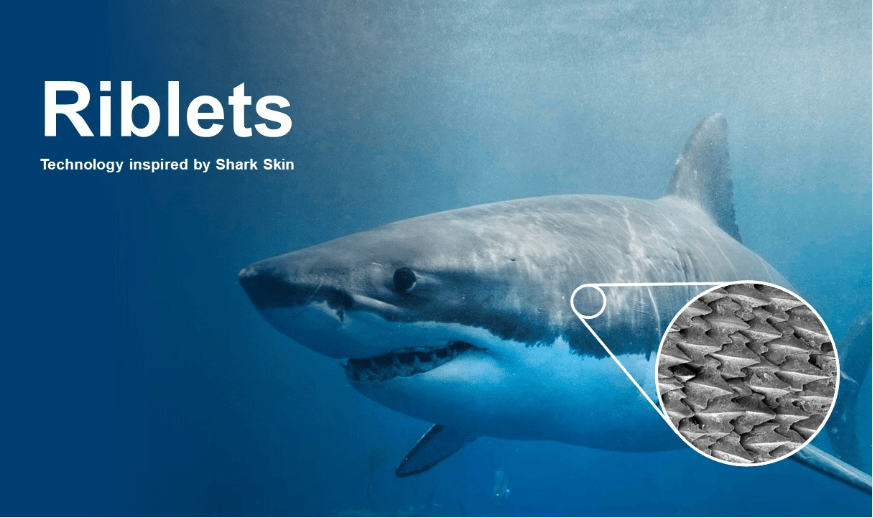Biomimetics
Biomimetics is the study of the designs and processes found in nature and natural phenomena to come up with technological solutions that can benefit humans. Like biomimetics, biomimicry is the imitation of designs that exist in nature, and although the term is relatively recent, biomimicry has been used by humans throughout history.
Biomimetics is an interdisciplinary field that draws inspiration from the structures, materials, and functions found in living organisms to create new technologies and improve existing ones. It can be applied in many areas, including engineering, architecture, medicine, and robotics.
For example, in architecture, biomimetics has led to the design of buildings that mimic termite mounds with their natural cooling and heating mechanisms. In medicine, it has led to the development of medical devices and techniques that copy the natural processes of the human body.
An example in engineering is riblets, which are structures that mimic the dermal denticles on shark skin. The tiny longitudinal grooves on shark skin help sharks swim smoothly and effortlessly through the water by reducing frictional resistance. By optimizing the design of the riblets and applying them to the surface of parts used in jet engines and in certain types of turbines, Nikon has made it possible to increase the energy efficiency of such engines.
Related terms
Biomimetic / Biomimicry





